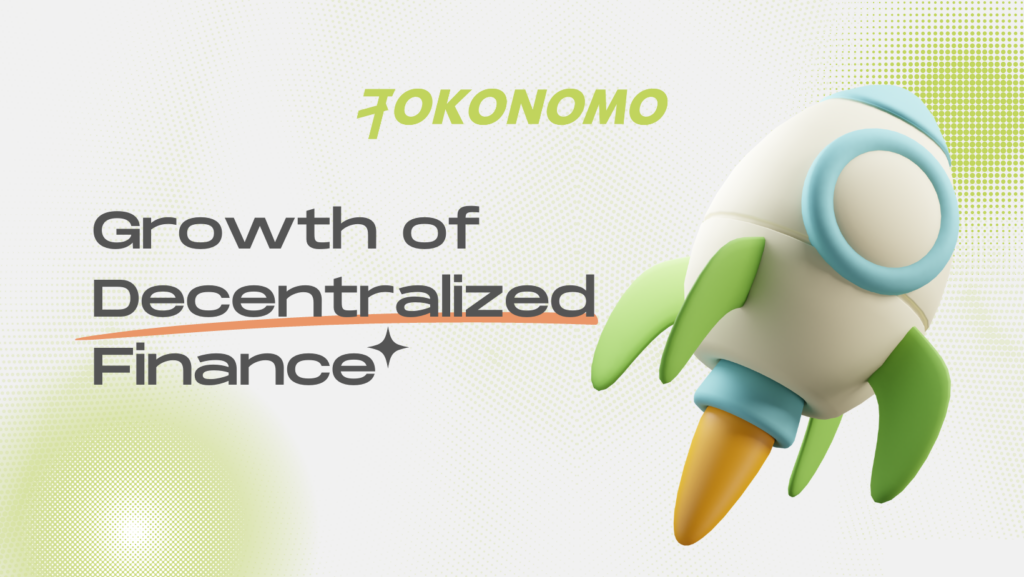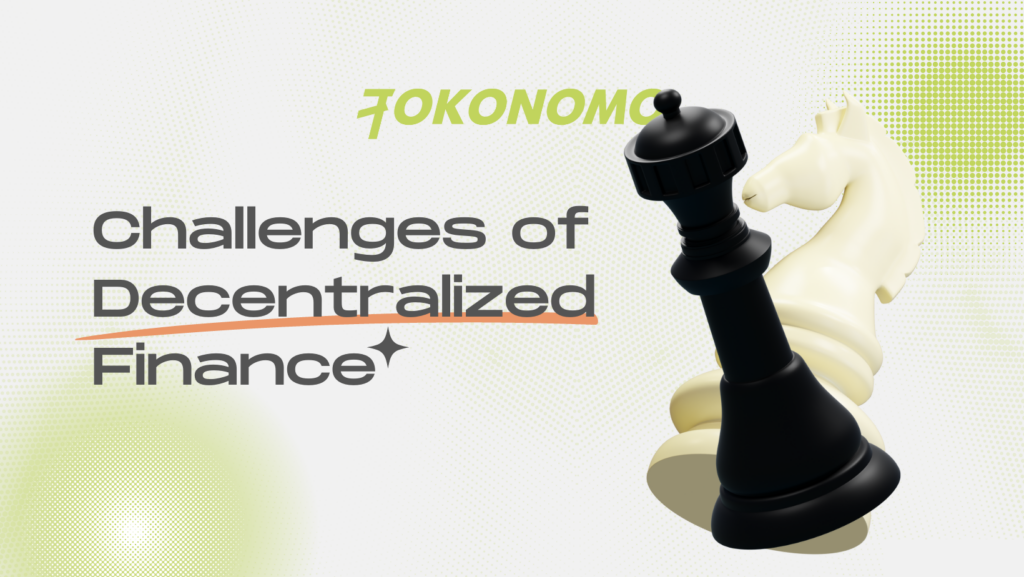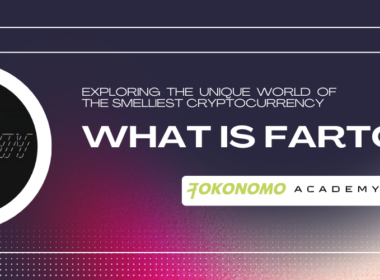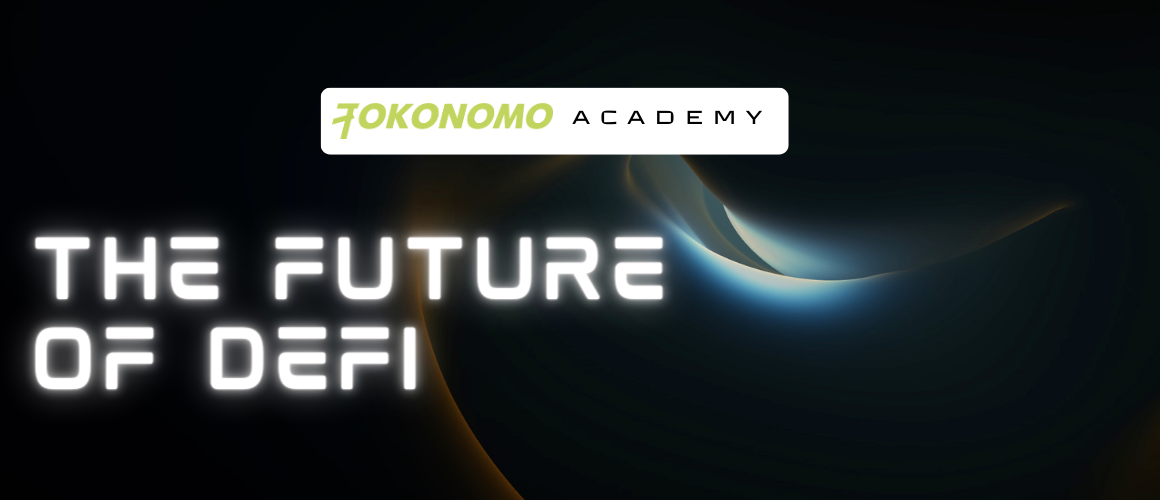The financial world is transforming rapidly, and Decentralized Finance (DeFi) is at the forefront of this change. DeFi refers to the use of blockchain technology to create a new financial system that operates without intermediaries, making it more transparent, secure, and accessible to everyone. In the past few years, DeFi has gained enormous traction and has grown from a niche market to a multi-billion dollar industry. In this article, we will explore the growth of DeFi, the challenges it faces, and what the future of DeFi looks like.
Growth of Decentralized Finance


Decentralized Finance has seen exponential growth over the past few years. According to DeFiLlama, the total value locked in DeFi protocols has grown from less than $1 billion in 2020 to over $179 billion in 2022 (as of March 15, 2023, this figure is $47 billion), and this number continues to rise. The growth of DeFi has been driven by the following factors:
Lowering the barriers to entry: With DeFi, anyone with an internet connection can participate in financial activities without needing to go through traditional financial institutions or intermediaries.
Transparency: DeFi is transparent, and all transactions are publicly available on the blockchain, making it easier for participants to trust the system.
Yield farming: Yield farming is a new DeFi trend that allows participants to earn rewards by lending, borrowing, or staking their digital assets.
Mark Cuban, a renowned entrepreneur and investor, has expressed his optimistic outlook for the DeFi industry’s growth over the next decade. In his view, the DeFi ecosystem has the potential for significant expansion, which could revolutionize the financial industry as we know it.
Cuban’s positive sentiment towards DeFi is well-founded, given the industry’s rapid growth in recent years. Decentralized Finance has become a hot topic among investors and entrepreneurs alike, with many seeing it as a game-changer for the financial industry. The DeFi ecosystem has gained traction due to its ability to provide users with a more accessible, transparent, and decentralized alternative to traditional financial services.
With this in mind, Cuban believes that DeFi has a bright future ahead, with the potential for explosive growth in the years to come. This optimism is shared by many industry experts who see DeFi as a transformative force that could disrupt the traditional financial system.
Challenges of Decentralized Finance


Despite its rapid growth, DeFi still faces several challenges that must be addressed to ensure its continued success.
Regulatory Uncertainty
One of the significant challenges facing DeFi is regulatory uncertainty. The regulatory landscape for DeFi is unclear, and regulators are still trying to figure out how to regulate DeFi protocols. The lack of clarity on regulations can make it difficult for DeFi platforms to operate and attract new users.
Lack of Education
Another challenge facing DeFi is a lack of crypto education. DeFi is a relatively new concept, and many people do not fully understand how it works. The lack of education can make it difficult for new users to navigate DeFi platforms, and it can also make them vulnerable to scams.
Volatility
DeFi is also highly volatile, and prices can fluctuate rapidly. This volatility can make it difficult for users to make informed investment decisions, and it can also make it challenging for DeFi platforms to attract new users.
What Does the Future of DeFi Look Like?


Despite the challenges facing DeFi, the future looks bright. Here are some of the ways that DeFi is likely to evolve in the coming years:
Open Financial Ecosystem
The future of DeFi is likely to be an open financial ecosystem, where anyone can participate and contribute to the development of new financial products and services. This ecosystem will be transparent, decentralized, and interoperable, allowing users to move seamlessly between different DeFi platforms.
Increasing Accessibility
DeFi is likely to become even more accessible in the future, with new tools and platforms that make it easier for people to participate in the DeFi ecosystem. These tools will be user-friendly, with simple interfaces and clear instructions that make it easy for people to navigate DeFi platforms.
Security and Transparency
Security and transparency will continue to be essential in the DeFi ecosystem. As the industry matures, DeFi platforms will need to implement more robust security measures to protect users’ funds and ensure the integrity of the system. Platforms will also need to be transparent about their operations, so users can trust the system.
Automation and Scalability
Automation and scalability are critical factors in the future of DeFi. As the industry grows, DeFi platforms will to develop automated solutions to make it easier and more efficient for users to participate in the ecosystem. These solutions will include smart contracts and other automated processes that reduce the need for human intervention.
Scalability will also be essential for the future of DeFi. As more users join the ecosystem, DeFi platforms will need to scale their operations to handle the increased demand. Solutions such as layer 2 solutions, sharding, and other scaling solutions will be critical for the continued growth of DeFi.
Possible new directions for DeFi solutions
DeFi has the potential to revolutionize the financial industry, and there are many possible new directions for DeFi solutions. One area of growth in DeFi is the development of insurance products. Insurance is an essential component of the traditional financial industry, but it has been largely absent from the DeFi ecosystem.
DeFi insurance has the potential to provide users with greater protection against risks such as smart contract bugs, hacks, and other security issues. DeFi insurance products are likely to be based on smart contracts and other blockchain-based solutions, making them more transparent, accessible, and affordable than traditional insurance products.
Conclusion
Decentralized Finance has come a long way in a short time, and the future looks bright. As the industry continues to grow, it will face new challenges, but it will also continue to evolve and develop new solutions to meet those challenges.
The future of DeFi is likely to be an open financial ecosystem that is transparent, accessible, and secure. Automation and scalability will be critical factors in the continued growth of DeFi, and new solutions such as DeFi insurance are likely to emerge as the industry matures.
It is important to note that the success of DeFi will depend on the ability of the industry to address the challenges it faces. Regulatory uncertainty, lack of education, and volatility are all significant hurdles that must be overcome if DeFi is to reach its full potential.
Regulatory clarity will be critical for the continued growth of DeFi. Governments and regulatory bodies around the world are still grappling with how to regulate blockchain and cryptocurrency, and the lack of clear regulations can create uncertainty and hinder growth. As the industry matures, it will be important for regulators to provide clear guidance on how DeFi platforms can operate within existing regulatory frameworks.
Lack of education is another significant challenge facing the DeFi industry. Many people are still unfamiliar with blockchain technology and how DeFi works, which can make it difficult for them to participate in the ecosystem. It is essential for the industry to provide educational resources and tools to help users understand the benefits and risks of DeFi and how to participate safely.
Volatility is another significant challenge for the DeFi industry. Cryptocurrencies are notoriously volatile, and this can create uncertainty and risk for users. Stablecoins, which are cryptocurrencies that are pegged to the value of traditional currencies such as the US dollar, are an important development in the DeFi ecosystem, as they can provide users with a stable store of value and reduce volatility.
In conclusion, the future of DeFi is exciting and full of potential. The industry has come a long way in a short time, and it is poised for continued growth and development. The key to success will be the ability of the industry to address the challenges it faces, such as regulatory uncertainty, lack of education, and volatility.
If the DeFi industry can overcome these challenges, it has the potential to revolutionize the financial industry, making it more transparent, accessible, and inclusive for everyone. As the industry continues to evolve, it will be fascinating to see what new developments emerge and how they will shape the future of finance.











